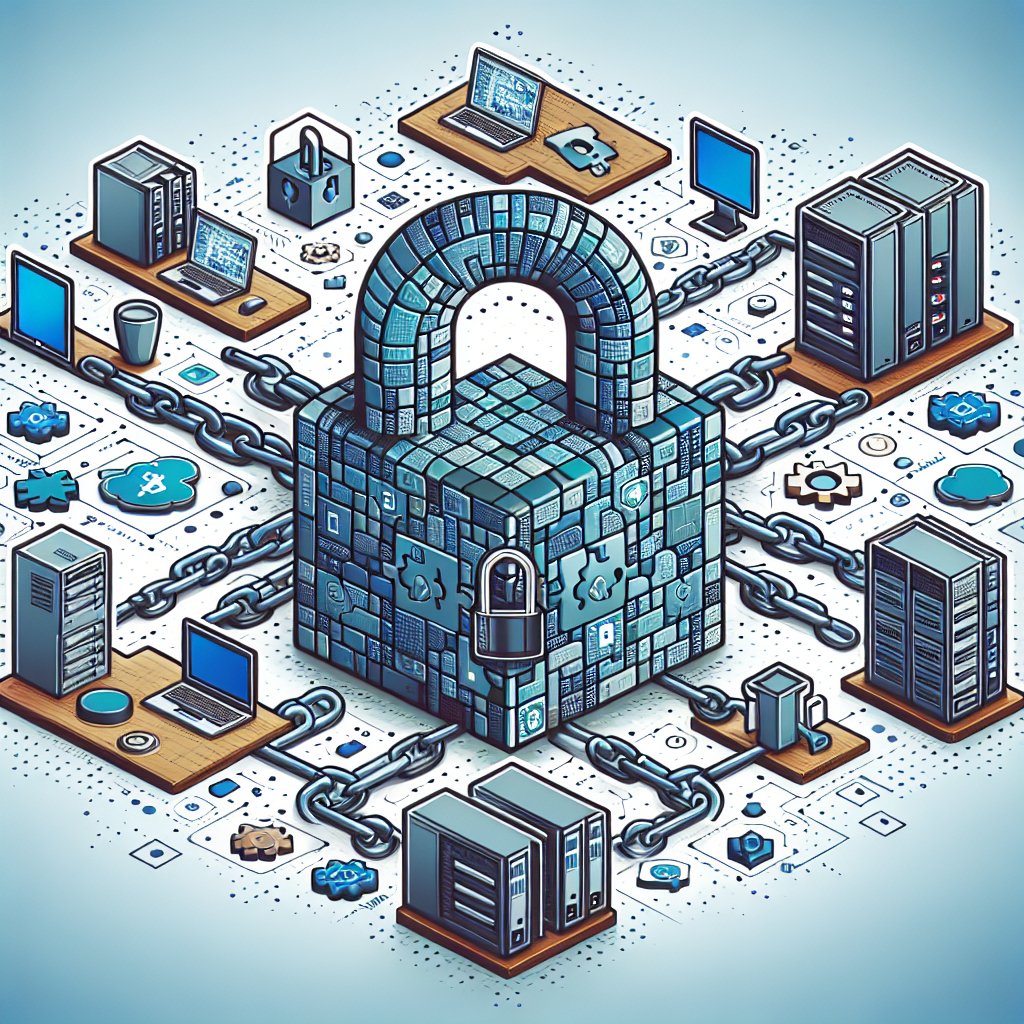The importance of cyber hygiene in business security cannot be overstated, as it serves as the foundation for protecting sensitive information and maintaining the integrity of organizational operations. In an era where cyber threats are increasingly sophisticated and prevalent, businesses must adopt a proactive approach to safeguard their digital assets. This article delves into the critical aspects of cyber hygiene, exploring its significance, best practices, and the role it plays in enhancing overall business security.
Understanding Cyber Hygiene
Cyber hygiene refers to the practices and steps that individuals and organizations take to maintain the health of their digital environments. Just as personal hygiene is essential for physical health, cyber hygiene is crucial for protecting against cyber threats. It encompasses a range of activities, from regular software updates to employee training on security protocols. By fostering a culture of cyber hygiene, businesses can significantly reduce their vulnerability to cyberattacks.
The Significance of Cyber Hygiene
Cyber hygiene is vital for several reasons:
- Protection Against Cyber Threats: Regularly updating software and systems helps close security gaps that cybercriminals exploit. This proactive approach minimizes the risk of data breaches and other cyber incidents.
- Compliance with Regulations: Many industries are subject to strict regulations regarding data protection. Adhering to cyber hygiene practices ensures compliance with these regulations, avoiding potential fines and legal issues.
- Safeguarding Reputation: A single data breach can severely damage a company’s reputation. By prioritizing cyber hygiene, businesses can build trust with customers and stakeholders, demonstrating their commitment to security.
- Cost-Effectiveness: Investing in cyber hygiene can save businesses money in the long run. The costs associated with recovering from a cyberattack often far exceed the expenses related to preventive measures.
Best Practices for Maintaining Cyber Hygiene
Implementing effective cyber hygiene practices requires a comprehensive strategy that involves technology, processes, and people. Here are some best practices that businesses should consider:
1. Regular Software Updates
Keeping software and systems up to date is one of the simplest yet most effective ways to enhance cyber hygiene. Software developers frequently release updates to patch vulnerabilities and improve security features. Businesses should establish a routine for checking and applying updates to all software, including operating systems, applications, and antivirus programs.
2. Strong Password Policies
Weak passwords are a common entry point for cybercriminals. Organizations should enforce strong password policies that require employees to create complex passwords and change them regularly. Additionally, implementing multi-factor authentication (MFA) adds an extra layer of security, making it more difficult for unauthorized users to gain access to sensitive information.
3. Employee Training and Awareness
Employees are often the first line of defense against cyber threats. Regular training sessions on cybersecurity best practices can empower employees to recognize phishing attempts, social engineering tactics, and other common threats. Creating a culture of security awareness within the organization is essential for maintaining cyber hygiene.
4. Data Backup and Recovery Plans
Regularly backing up data is crucial for minimizing the impact of a cyber incident. Businesses should implement automated backup solutions and ensure that backups are stored securely, preferably offsite or in the cloud. Additionally, having a well-defined recovery plan in place can help organizations quickly restore operations in the event of a data loss incident.
5. Network Security Measures
Implementing robust network security measures is essential for protecting sensitive data. This includes using firewalls, intrusion detection systems, and secure Wi-Fi networks. Regularly monitoring network traffic can help identify unusual activity that may indicate a potential breach.
6. Incident Response Planning
No organization is entirely immune to cyber threats. Therefore, having an incident response plan is critical. This plan should outline the steps to take in the event of a cyber incident, including communication protocols, roles and responsibilities, and recovery procedures. Regularly testing and updating the incident response plan ensures that the organization is prepared to respond effectively to any security breach.
The Role of Leadership in Cyber Hygiene
Leadership plays a pivotal role in fostering a culture of cyber hygiene within an organization. Executives and managers must prioritize cybersecurity and allocate resources to implement best practices. Here are some ways leadership can contribute:
1. Setting the Tone from the Top
Leaders should communicate the importance of cyber hygiene to all employees, emphasizing that cybersecurity is a shared responsibility. By demonstrating a commitment to security, leaders can encourage employees to adopt best practices and take cybersecurity seriously.
2. Allocating Resources
Investing in cybersecurity tools, training programs, and personnel is essential for maintaining cyber hygiene. Leadership should allocate sufficient resources to ensure that the organization can effectively implement and sustain cybersecurity measures.
3. Regularly Reviewing Policies
Cyber threats are constantly evolving, and so should an organization’s cybersecurity policies. Leadership should regularly review and update security policies to address new threats and ensure that they remain effective. This includes staying informed about industry trends and emerging technologies that could impact cybersecurity.
4. Encouraging Open Communication
Creating an environment where employees feel comfortable reporting security concerns is crucial. Leadership should encourage open communication about cybersecurity issues and provide channels for employees to report suspicious activity without fear of repercussions.
Conclusion
The importance of cyber hygiene in business security is clear. By adopting best practices, fostering a culture of security awareness, and prioritizing cybersecurity at all levels of the organization, businesses can significantly reduce their risk of cyber threats. As the digital landscape continues to evolve, maintaining robust cyber hygiene will be essential for protecting sensitive information and ensuring the long-term success of any organization.



